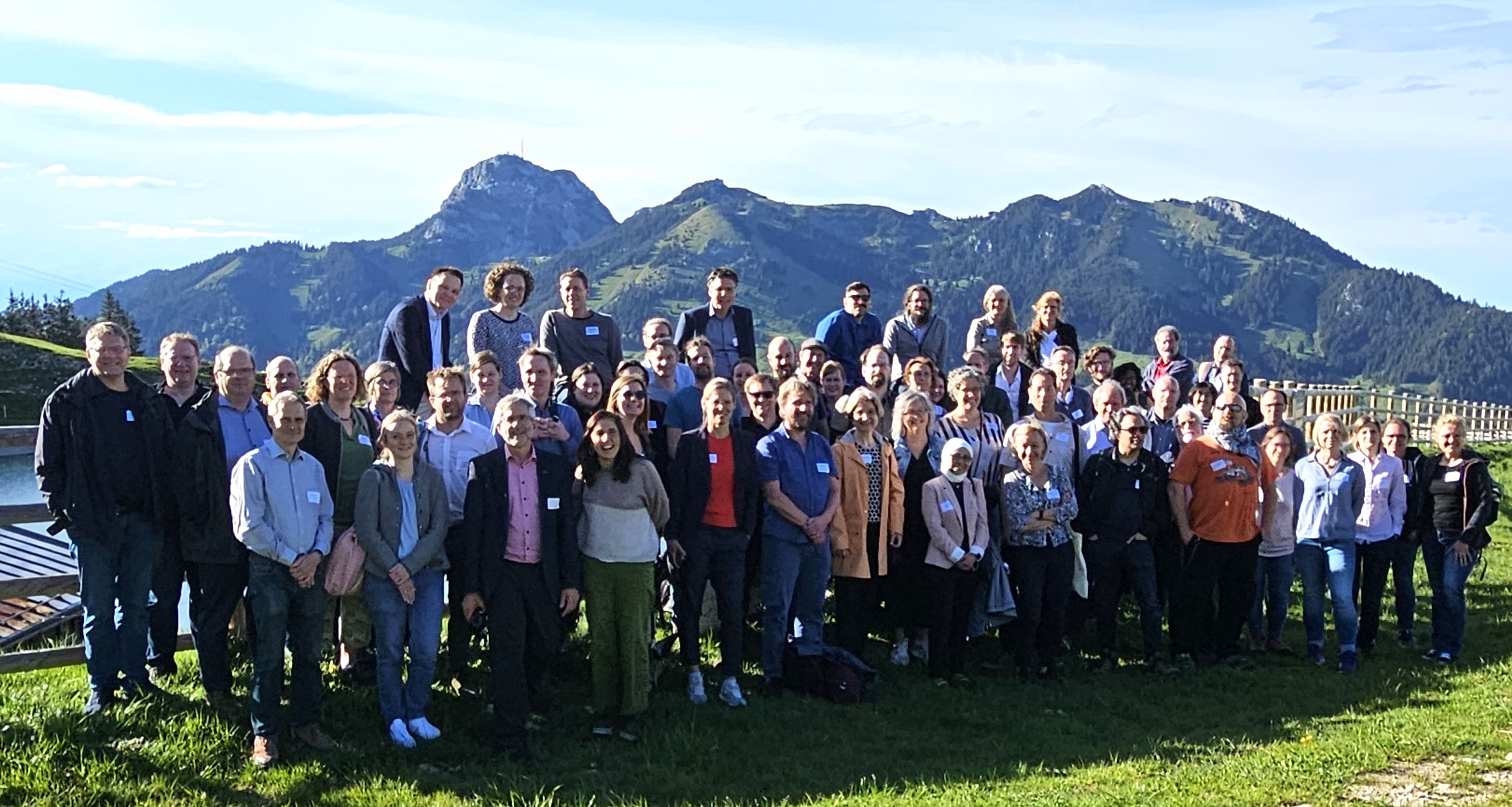Proceedings and videos of keynotes The conference proceedings and recorded keynote videos from the 12th…
Fundamental disagreements about online tools
By Mandi Astola (Eindhoven University of Technology)

My colleagues and me had a fantastic, freshly re-designed challenge-based learning, flip-the-classroom ethics course for 240 studentsready, when the pandemic hit. It quickly became evident that the whole course would have to be taught online. This meant that we had to construct an entire online teaching method from scratch very quickly. The most interesting part of this process, to me, was everything we disagreed about.
Some context: I am an ethics PhD student at the Eindhoven University of Technology. Much of my joy and confidence in teaching comes from being able to create a dynamic atmosphere in class. Last year we used activating methods such as coloured pens to make posters on ethical topics or made a demonstration of the trolley problem in class, using a box and glasses of water to represent people on the tracks. I was very sad to learn that we could not do any of that this year.
We had to decide on a teaching platform fast. A colleague and I were responsible for figuring out an online format. We proposed to the following:
- use Canvas for all “official things” like handing in assignments and for conference calls during class
- Use Slack for all asynchronous communication with students and handing in in-class work, with different channels and chats
- Use the online whiteboard “Miro” for students to work in class
Another colleague reacted to this: Why so many platforms? This will just be confusing. Why not just use one platform: Canvas, since you can do everything with it, and the students are already familiar with it. Online teaching is confusing enough, why not make it as simple as possible?
I resisted because I find Canvas clunky, stuffy, old-fashioned and undynamic. Slack on the other hand feels smooth, fresh, fun, colourful and dynamic. Just compare the logos, and you can already see what I mean:

We did it my way eventually and I was satisfied. However, evaluations showed that a few students agreed with my colleague. One said “Online format uses too many apps. I have a ridiculous number of tabs open during every class.”
Our disagreement came down to a matter of taste in terms of communication. Is it easier to have one platform that everyone knows, and not waste time on learning to use new ones? Or is it better to risk some confusion for a “better vibe?”
Another disagreement was about in-class assignments. Miro is an “online whiteboard” where people can be invited to draw on a board together. Colleagues and I discussed whether the students should be instructed to make their own Miro boards, or whether we should make the boards for them, so that we could also access them and see what they were working on in real-time.
My colleague argued that we should have access to their boards, so that we can “jump-in,” observe and help them if needed. After all, this is what we were doing in class last year. I resisted this because I find it incredibly awkward to join a student-groups board randomly. I thought it would feel intrusive. Even though I had no problem walking up to a student group’s table in class. This disagreement came down to a difference in perceptions about privacy. While I felt that an online whiteboard was somehow a “private place” my colleague saw it as a class-activity like any other, and hence not private.
The interesting thing about these disagreements is that they were very subjective and rooted in our different experiences with the way technology mediates our connection with the world. Our opinions were deep-rooted and sometimes hard to explain. The choice of platform, for instance, was not a trivial one. I remember feeling very strongly about Slack having a better “feel” than Canvas and this being crucial for our course.
There was so much difference in these feelings between just the 5 of us. Hence, I can imagine that there is sometimes a huge gap between what a teacher finds an intuitive online format, and what the student prefers. Cultural and generation differences can probably have a huge impact. What I take away from this is that it is better to ask students or other colleagues about platforms, because their views can differ hugely from yours.
I teach my students to approach engineering with intellectual humility, to reach out and listen to different stakeholders and understand their views. We should do the same when we engineer our digital courses.
